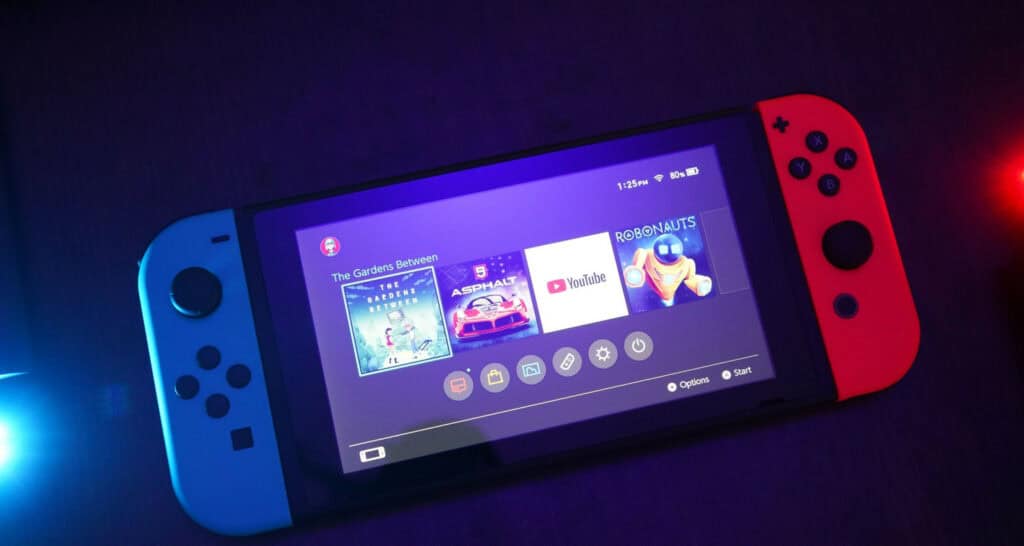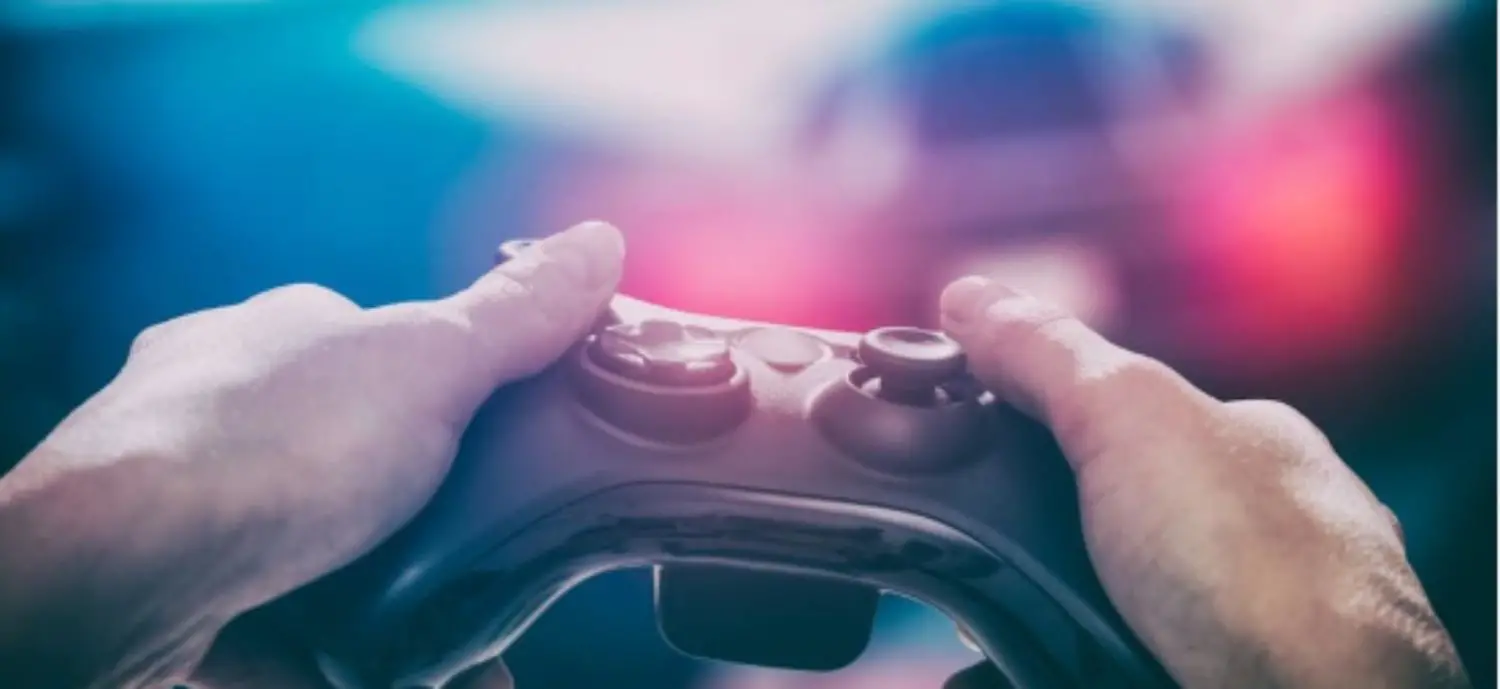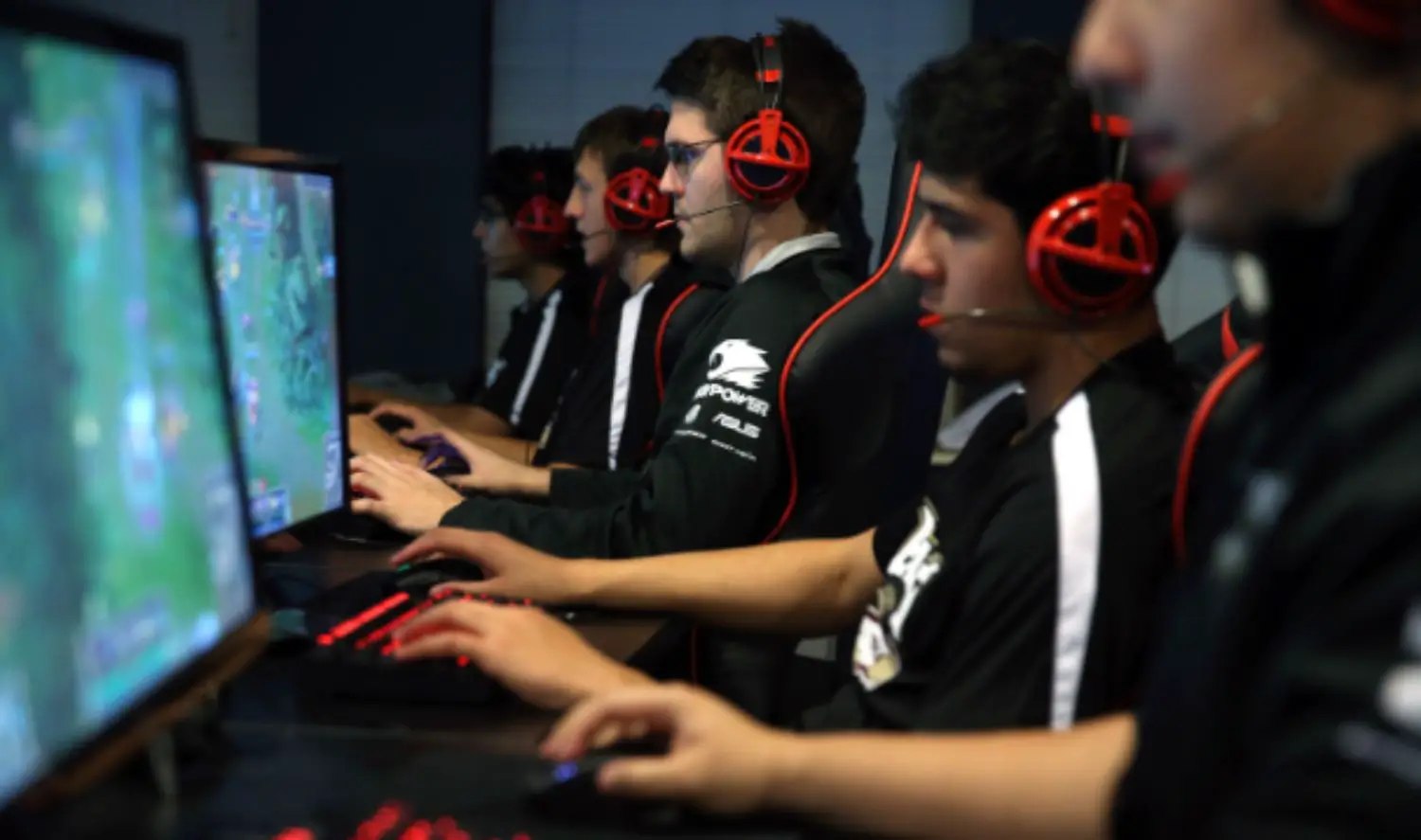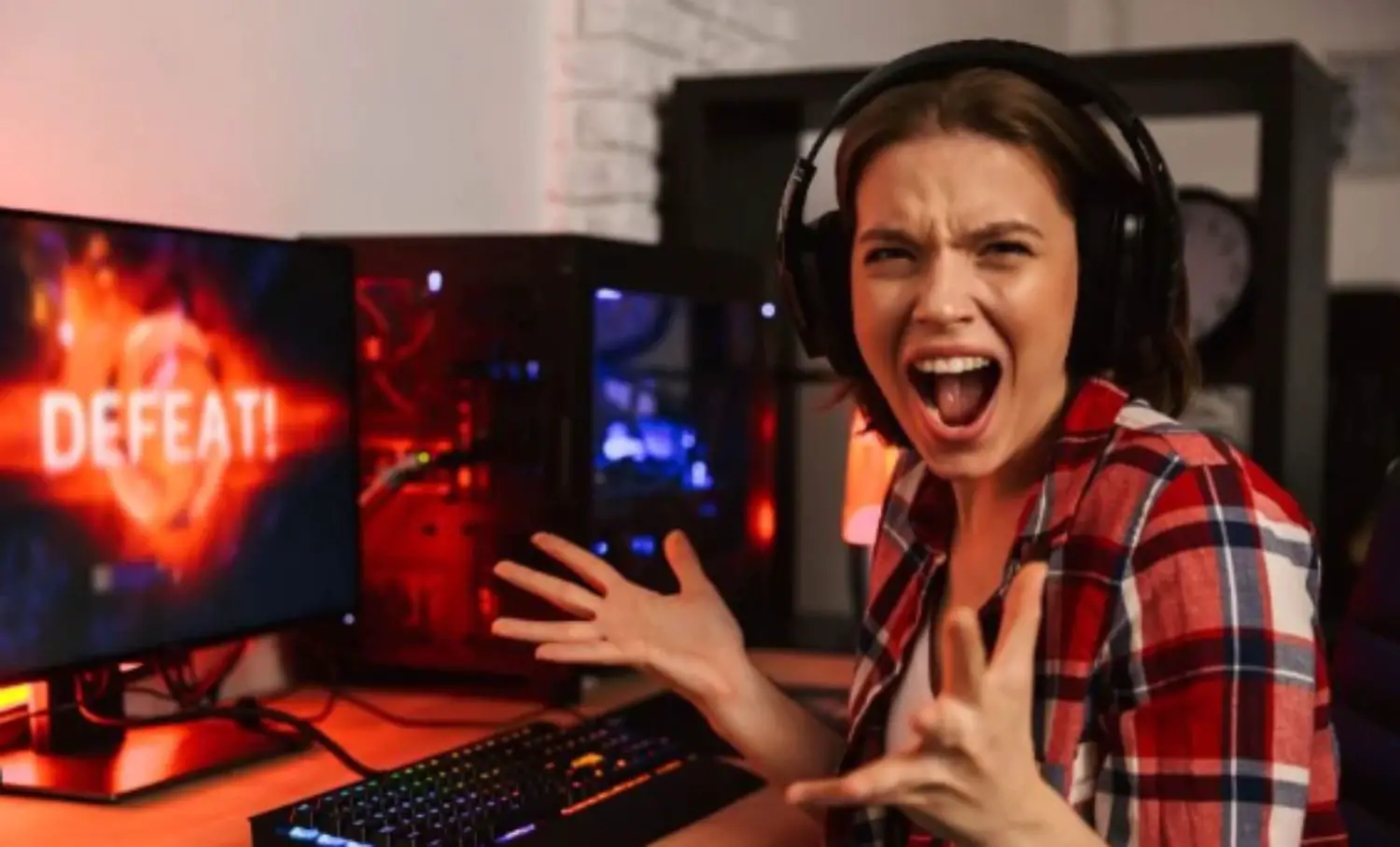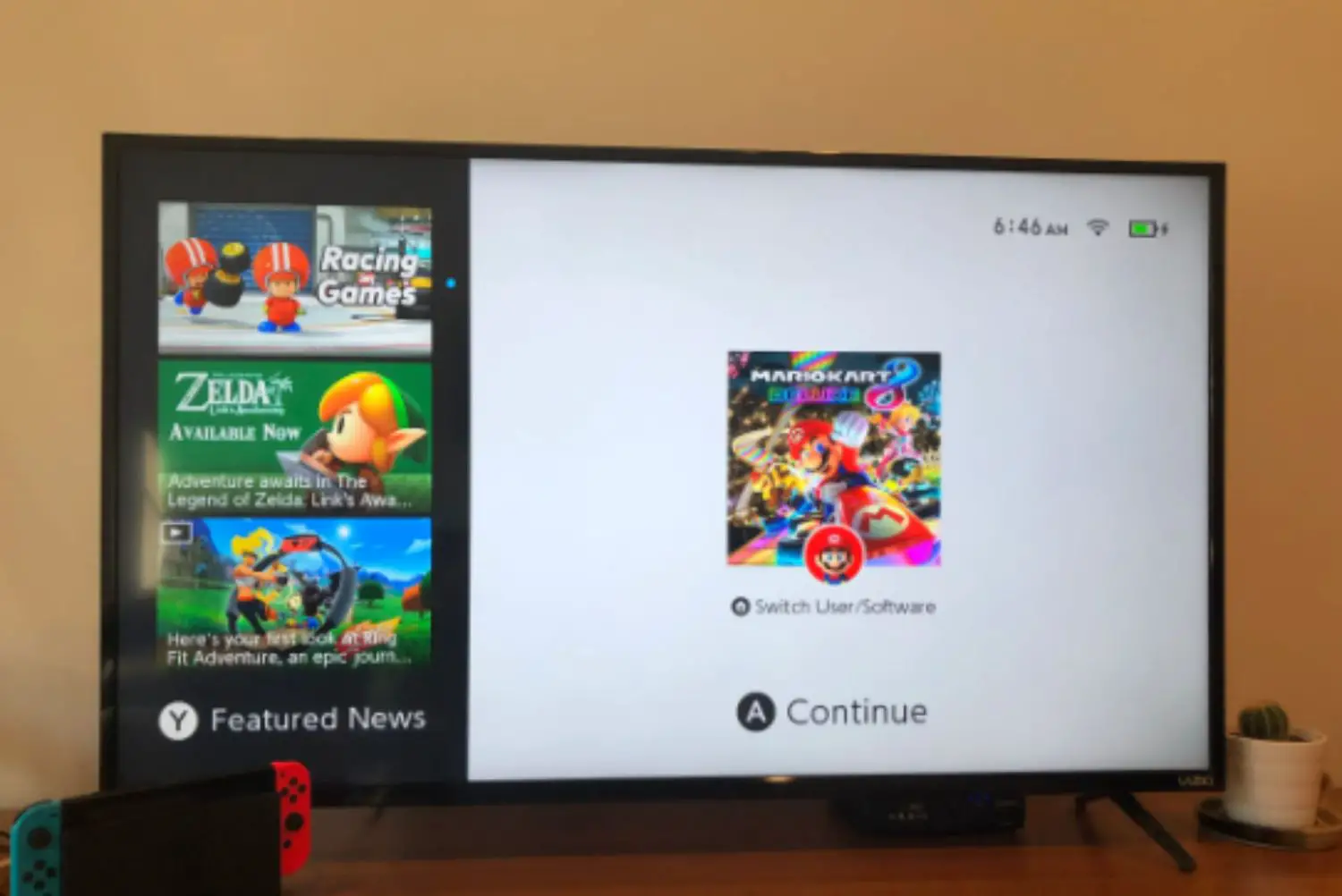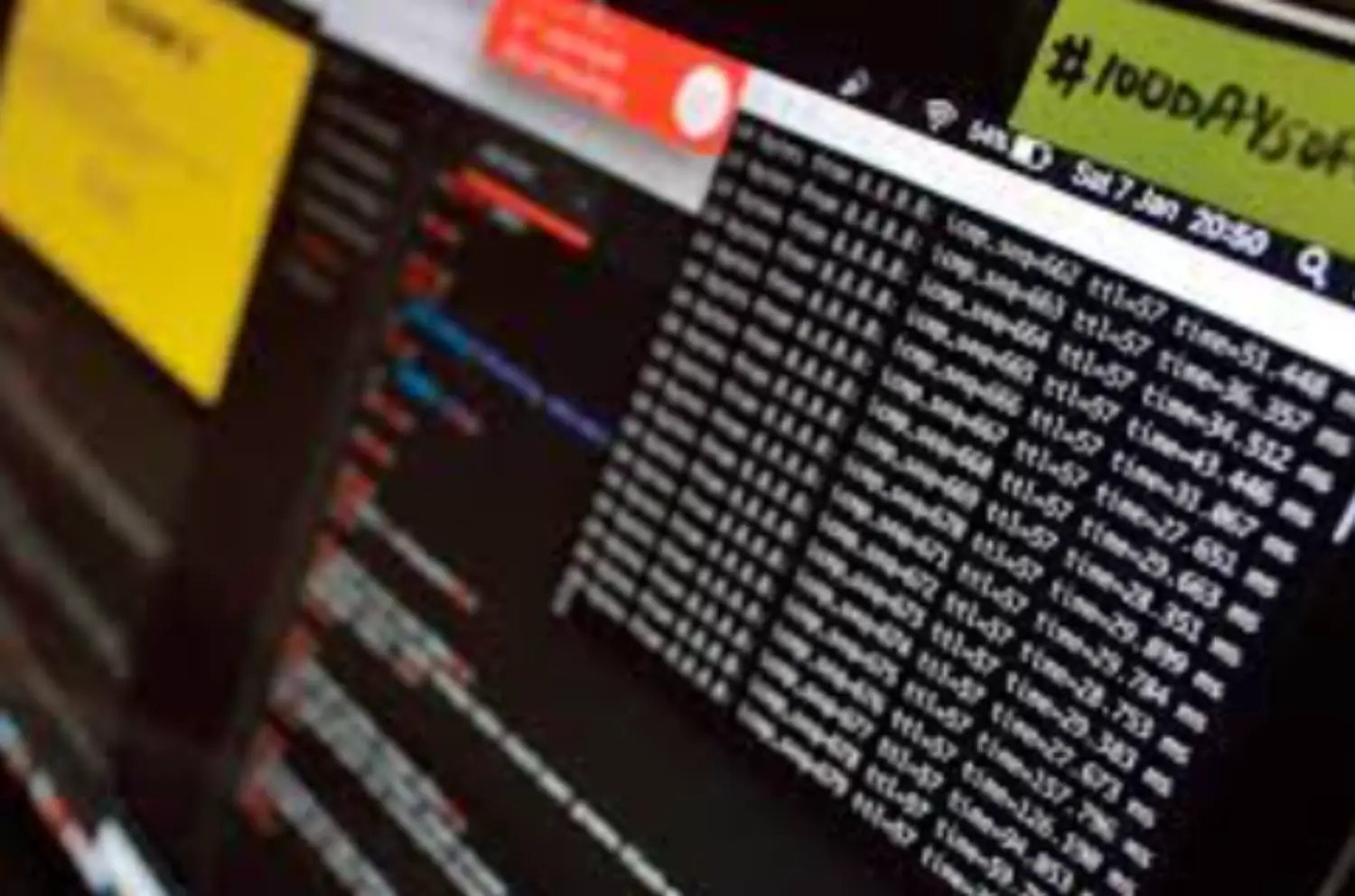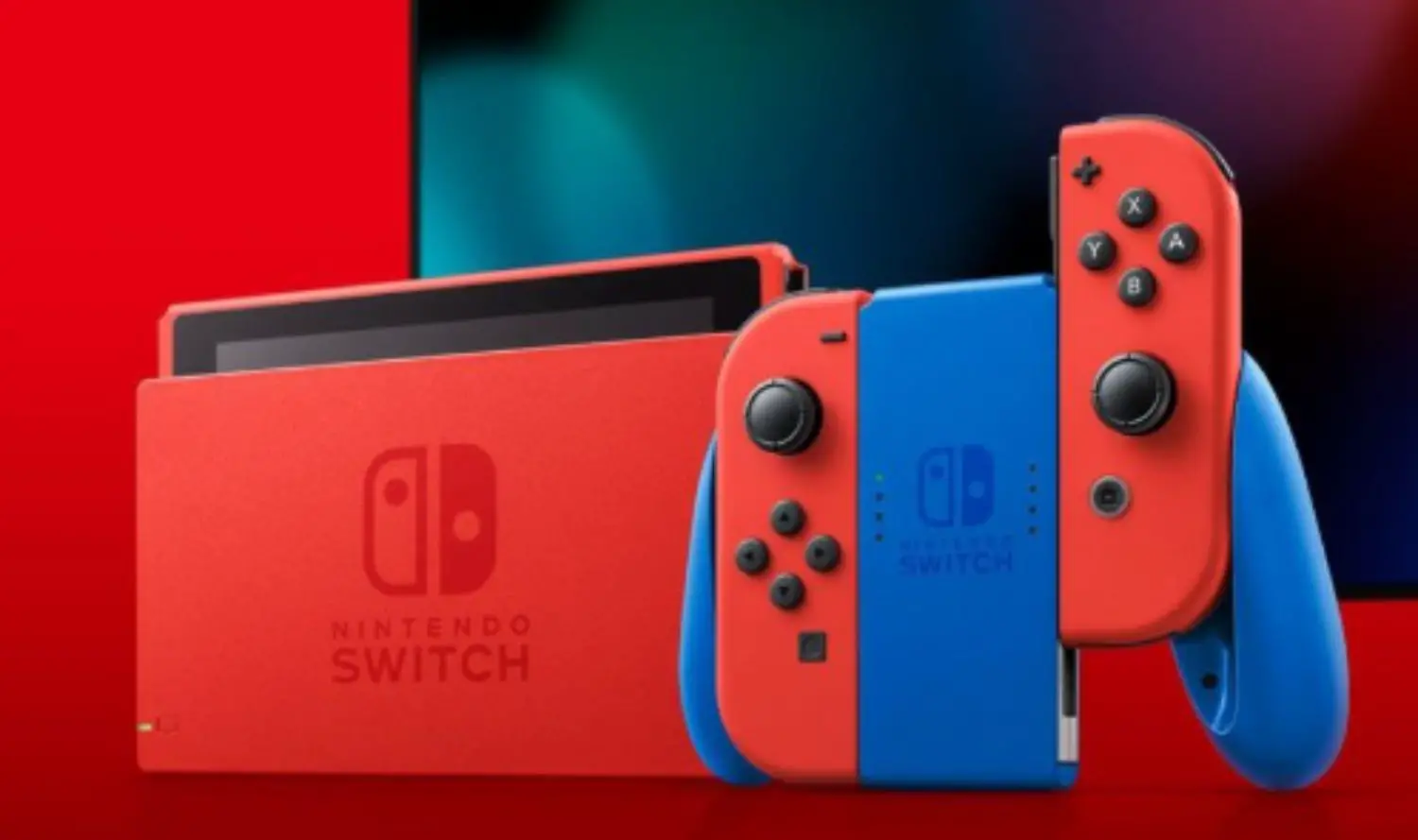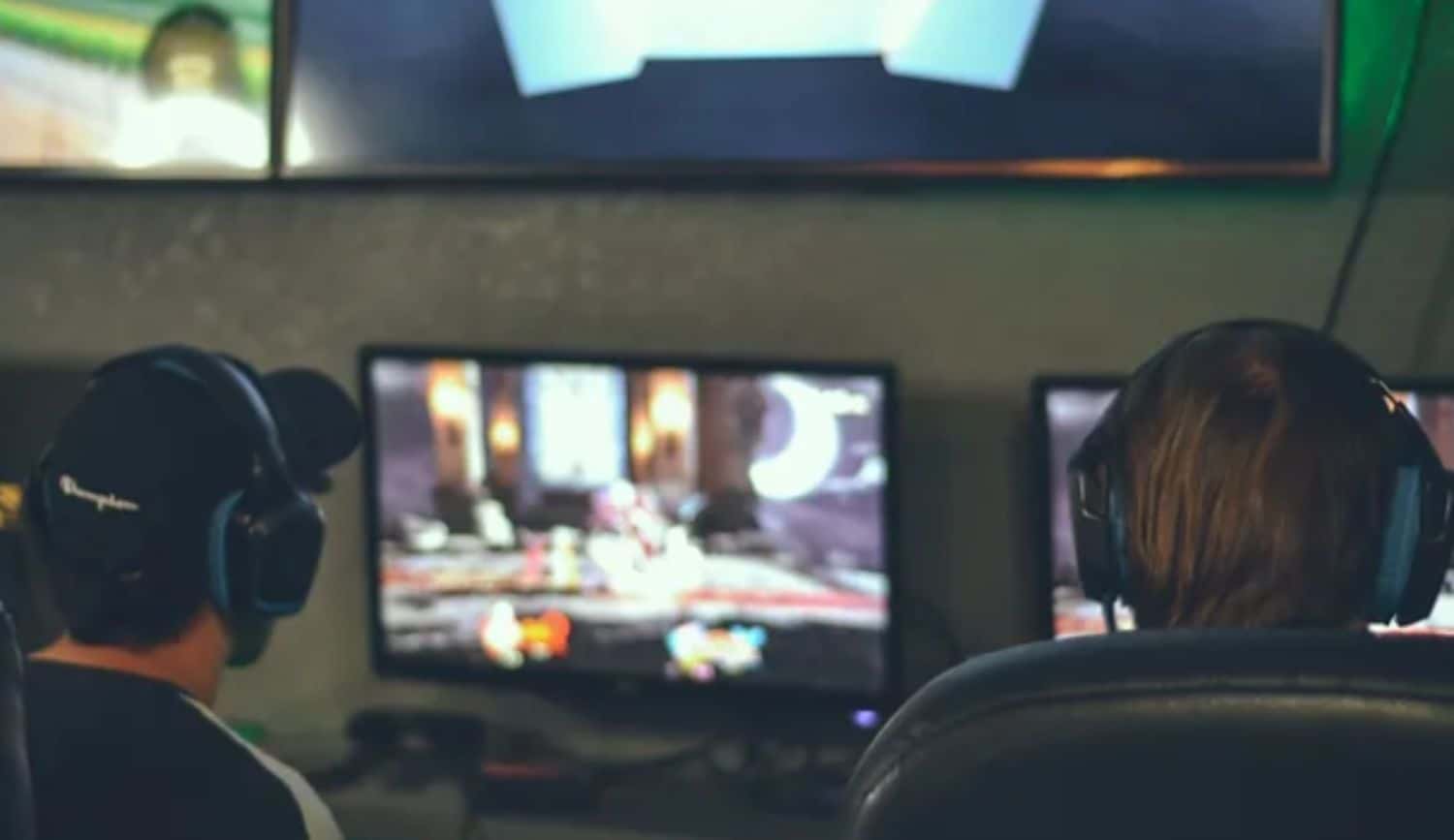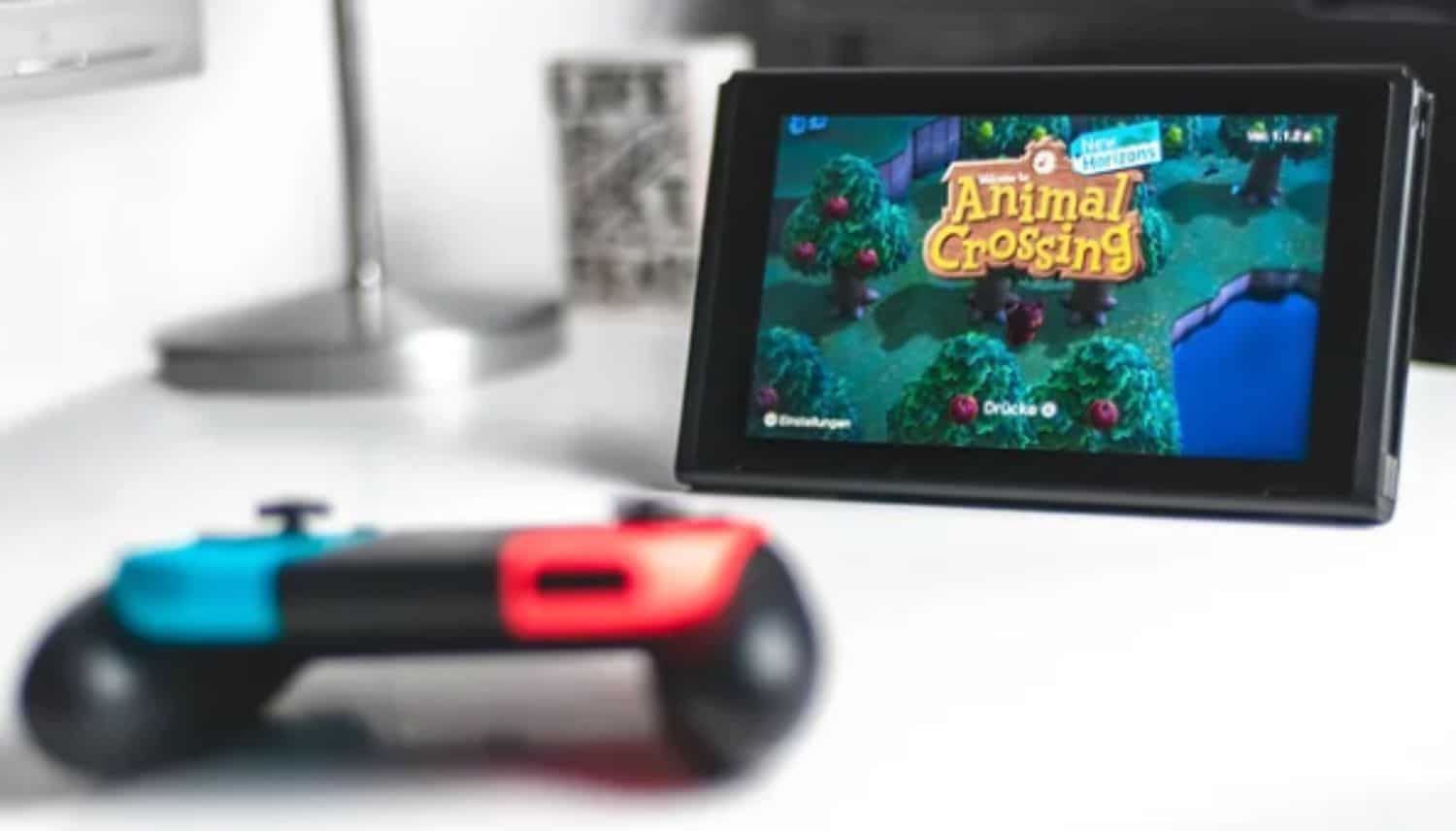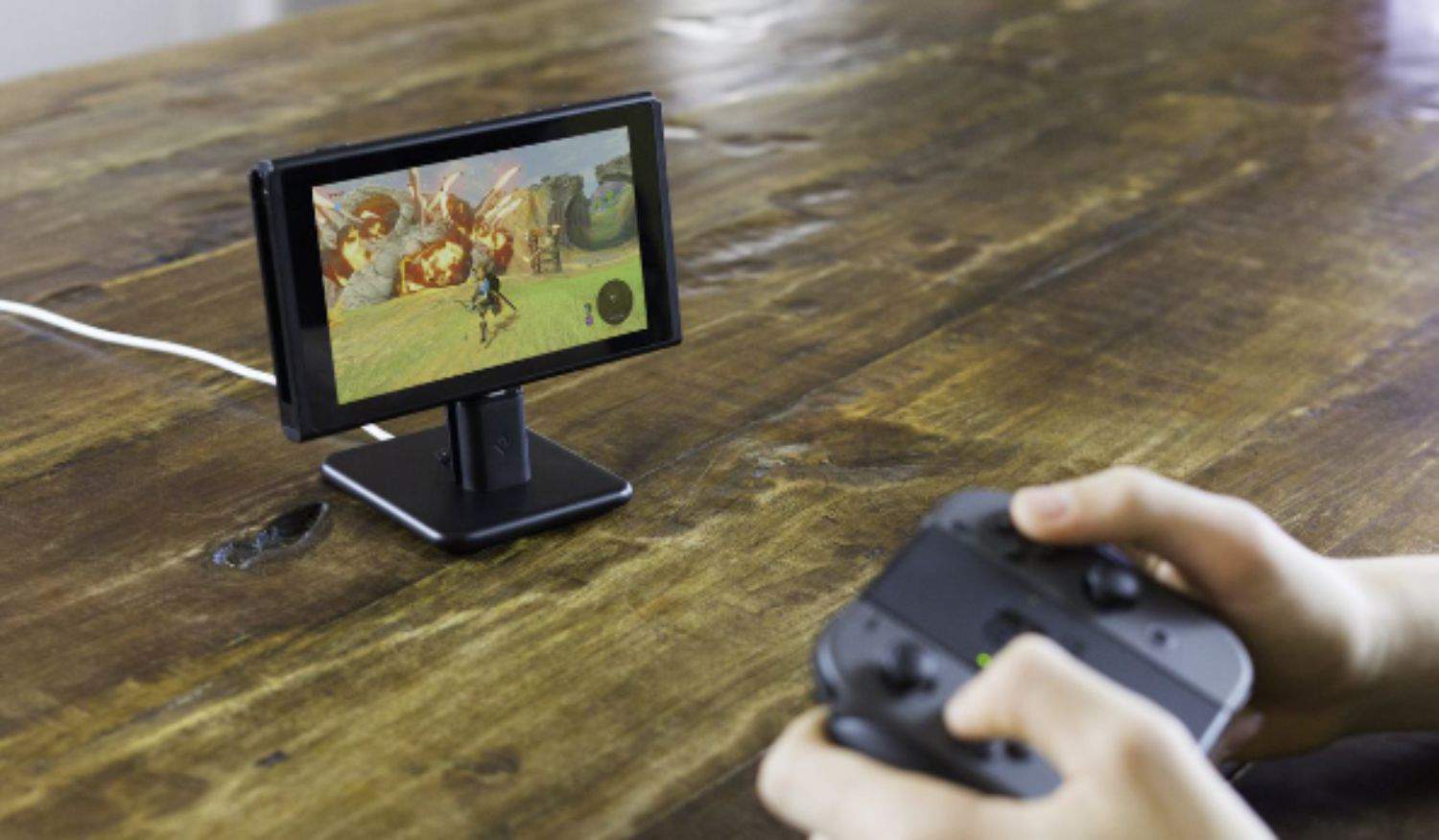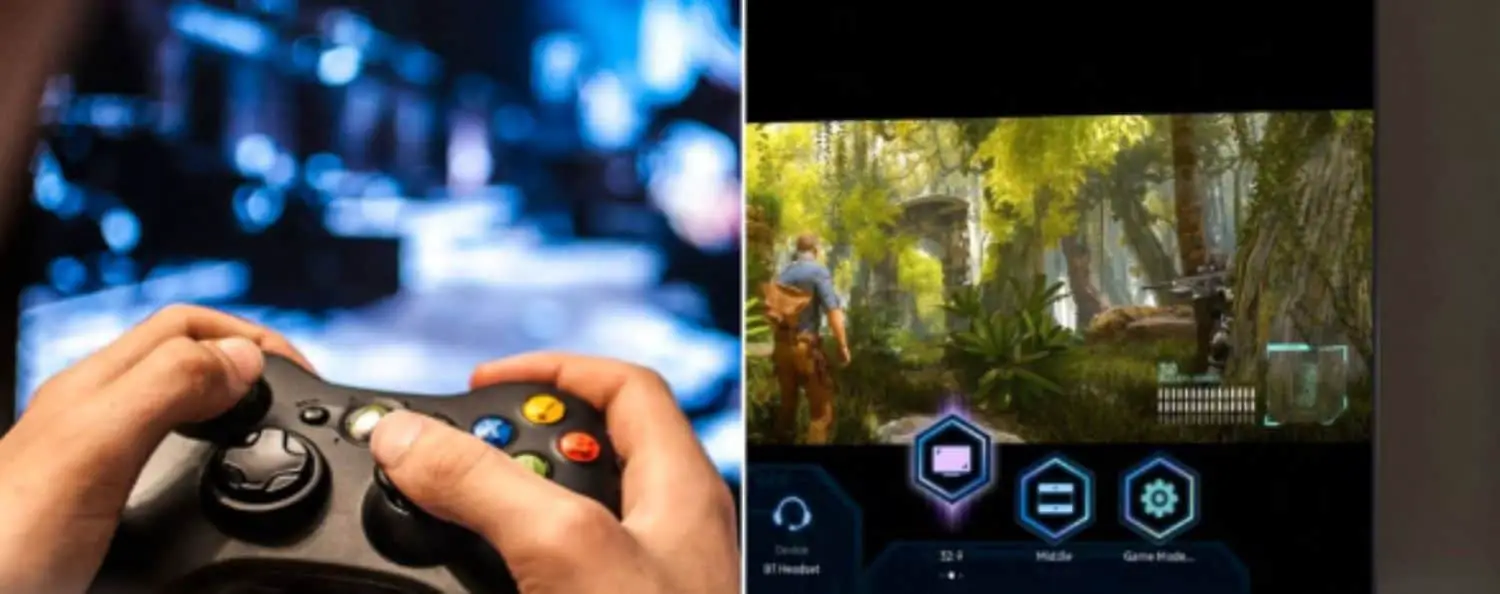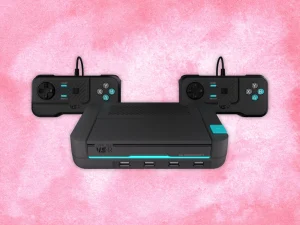When there is a noticeable delay or latency between pressing a button on the controller and the corresponding action occurring in a game on the Nintendo Switch console, this is known as the “Nintendo Switch controller lag” issue. This deferral can upset interactivity and lead to dissatisfaction for players.
Ensure you’re within a reasonable distance from the console when playing wirelessly to ensure a strong signal. Reduce the number of active Bluetooth devices in the vicinity. On the off chance that utilizing outsider remote regulators guarantees they are of good quality and appropriately matched.
Thus, in this article, you will get a nitty-gritty clarification of the reasons for the slack and how to fix it alone. Here is an article on PSP vs. Nintendo Switch.
Table of Contents
Understanding the Problem
Input lag refers to the delay between a user’s action, such as pressing a button on a controller, and the corresponding response displayed on a screen. In gaming, input lag is the time it takes for a game to react to a player’s input, like moving a character or aiming a weapon
Why Input Lag Matters
This is why input lag is essential to fix-
- Gameplay Experience: Input lag directly affects the responsiveness and fluidity of gameplay.
- Competitive Gaming: Players require precise and instantaneous responses to their actions to succeed.
- Reaction Time: Input lag can impair a player’s ability to react in time to changing situations, making it challenging to execute strategies effectively.
- Timing-based Games: In rhythm games or games where timing is crucial, input lag can disrupt the player’s ability to hit cues accurately, impacting their score and overall enjoyment.
Common Causes of Lag
Here’s a breakdown of some of the common causes of lag switch PS4 controllers-
- Interference and Proximity Issues:
Wireless devices, including controllers, communicate through radio frequencies. If other electronic devices use similar frequencies in the vicinity, it can lead to interference and lag.
Additionally, if you’re too far from the console or the signal has to pass through walls or obstacles, the wireless connection might weaken, causing input delays.
- TV Mode and Signal Processing:
Your Nintendo Switch is connected to a television or display when playing in TV mode. Many modern TVs apply various signal processing techniques to enhance image quality, but these processes can introduce some delay.
Features like motion smoothing, image upscaling, or HDR processing might contribute to input lag. Enabling “Game Mode” on your TV can help minimize these effects by reducing unnecessary processing.
- Software Glitches:
Software glitches within the game or the console’s operating system can lead to input lag. These glitches can be related to memory allocation, optimization issues, or bugs in the game code.
Sometimes, a software update from the game developer or console manufacturer can address these glitches and reduce lag.
Remember Eliminating all sources of lag might not always be possible, but minimizing its impact can significantly enhance your gaming experience.
Click here to conduct a speed test.
How to Fix Input Lag on Nintendo Switch
Here’s how to do Nintendo Switch controller lag fix-
Physical Solutions:
These are some of the physical solutions that you can try-
- Repositioning the Dock: Sometimes, the placement of the Nintendo Switch dock can affect the wireless signal strength between the console and the controllers. Try moving the port to a more open area, away from obstructions, walls, or other electronic devices that might interfere with the wireless signal.
- Ensuring Line of Sight: Ensure a clear line of sight between the controllers and the Nintendo Switch console. Obstructions like furniture, walls, or other objects can weaken the wireless signal and contribute to input lag.
- Using a Wired Connection: If you’re using the Nintendo Switch in TV mode, consider connecting the console to the TV using a wired connection. This can help reduce switch input lag docked compared to wireless connections. The Nintendo Switch Pro Controller also supports wired mode, providing a more responsive experience.
Technical Solutions:
These are some of the technical solutions that you can try –
- Restarting the Router or Modem: Network lag can contribute to input delay, especially in online games. Restarting your router or modem can refresh the network connection and reduce lag. This is especially helpful while playing on the web multiplayer games.
- Updating the Switch’s Software: Ensure your Nintendo Switch’s framework programming is cutting-edge. Developers often release software updates that address performance issues, including input lag. Keeping your console updated can improve overall performance.
- Turning on TV’s “Game Mode”: Modern TVs often come with a “Game Mode” or “Gaming” option. Enabling this mode turns off specific post-processing effects that can introduce input lag. Since game mode prioritizes quicker response times, it is a preferred gaming mode.
It’s essential to note that info slack can result from various variables, including the nature of your remote association, the television’s settings, and the game’s streamlining. Explore different avenues regarding these answers to find the mix that turns out best for your arrangement. If the issue persists, try another display or controller to isolate whether the problem is specific to a particular hardware.
The complete elimination of input lag may only sometimes be possible due to the inherent latency of wireless communication and display technologies. However, implementing these solutions can significantly reduce input lag and allow you to enjoy a smoother gaming experience without Nintendo Switch controller lag.
https://www.youtube.com/watch?v=djLHZH1h8Q0&pp=ygUnSG93IHRvIEZpeCBJbnB1dCBMYWcgb24gTmludGVuZG8gU3dpdGNo
See Also: What To Do When Your Nintendo Switch Is Bricked
Performance Differences and Lag Issues:
Games can perform slightly better in docked mode due to the increased processing power and more stable power supply from the dock. Games might run at higher frame rates and with better graphical fidelity than handheld mode.
Additionally, when docked, the Nintendo Switch’s cooling system can work more efficiently, preventing overheating and potential performance throttling. You might want to check this article on the best free Nintendo Switch Roms.
Benefits of Docked Mode for Performance:
The following are the benefits of docked mode of performance-
- Better Graphics: Docked mode allows games to run at higher resolutions and with better graphical fidelity due to the increased processing power and cooling capabilities.
- Stable Frame Rates: Some games might have more stable frame rates in docked mode, leading to smoother and more consistent gameplay.
- Large Screen: Playing on a larger TV screen provides a more immersive gaming experience, particularly for games with detailed graphics.
- Enhanced Multiplayer: Docked mode can support split-screen multiplayer with more prominent visuals, making it easier for multiple players to enjoy the game simultaneously.
https://www.youtube.com/watch?v=LoJgEHv_w0w&pp=ygUcRG9ja2VkIE1vZGUgdnMuIEhhbmRoZWxkIE1vZA%3D%3D
Additional Tips
Here are some additional tips to consider when addressing input lag on the Nintendo Switch:
- The Role of TV’s Game Mode in Reducing Lag:
Most modern TVs have a “Game Mode” or “Gaming” option. Enabling this mode turns off specific post-processing effects that can introduce input lag.
The game mode is designed to prioritize faster response times, which can significantly reduce the delay between your actions and what’s displayed on the screen.
- Potential Issues with HDMI Switches and Splitters:
HDMI switches or splitters to connect multiple devices to your TV can introduce additional complexity to your setup. Some HDMI switches and splitters might not handle video signals efficiently, potentially leading to increased input lag or other display issues.
If you’re using such devices and noticing input lag, connect the Nintendo Switch directly to the TV to see if the lag improves.
References
These are some of the places that you can refer to for more knowledge-
- Nintendo’s Official Support Website: Nintendo often provides troubleshooting guides and solutions for common issues, including controller lag. Visit their support website for official advice.
- Gaming Forums and Subreddits: Websites like Reddit (r/NintendoSwitch, r/gaming) and various gaming forums have user discussions and solutions to common gaming issues, including controller lag.
- Gaming News Websites: Websites like IGN, Kotaku, and GameSpot might have articles or user guides related to improving gaming experiences, which could include tips for fixing controller lag.
FAQs
What is Nintendo Switch controller lag?
Nintendo Switch controller lag refers to the delay between pressing a button on your controller and the corresponding action occurring in a game. It can make gameplay feel unresponsive and less enjoyable.
What is Game Mode on my TV, and how does it help with input lag?
Game Mode on a TV turns off certain image processing features that can introduce input lag. It prioritizes faster response times, reducing the delay between your controller inputs and on-screen actions.
Can wireless interference cause controller lag on the Nintendo Switch?
Yes, wireless interference from other devices can affect the communication between your controller and the console, leading to input lag. Keeping the area clear of electronic devices and obstacles can help reduce interference.
Is using a wired connection better for reducing controller lag?
Yes, using a wired connection can help reduce controller lag. Connecting your controller directly to the console with a wired connection eliminates potential wireless communication delays.
Conclusion
In conclusion, addressing Nintendo Switch controller lag is a journey toward achieving a smoother and more enjoyable gaming experience. You can significantly reduce or eliminate the delay between your actions and their on-screen responses by implementing various solutions.
Reposition the dock and ensure a clear line of sight for wireless signals. Use wired connections whenever possible to minimize interference. Keep your Nintendo Switch’s software up to date to benefit from optimizations and fixes. Enable “Game Mode” on your TV to reduce input lag by prioritizing faster response times.
With each step to minimize input lag, you enhance your connection to the virtual worlds you explore, making the adventure even more immersive and rewarding. So, take your time with the initial challenges. Happy gaming!
See Also: Can You Track A Nintendo Switch
